Ariston washing machine does not spin the drum
 The drum of the washing machine does not spin - this is a breakdown, the repair of which cannot be delayed. As with any other equipment, malfunctions have their own reasons, and this trouble can be eliminated yourself. Before making repairs and understanding what to do, you need to find out at what point in the operation the breakdown occurred: at the start of the program or during the spin cycle. Let's figure it out.
The drum of the washing machine does not spin - this is a breakdown, the repair of which cannot be delayed. As with any other equipment, malfunctions have their own reasons, and this trouble can be eliminated yourself. Before making repairs and understanding what to do, you need to find out at what point in the operation the breakdown occurred: at the start of the program or during the spin cycle. Let's figure it out.
Started and stopped
The laundry is loaded, the program is turned on, but the work does not start, the drum does not rotate. Or he still does a favor and makes a couple of lazy turns, but in the end it all ends very quickly with an elementary stop of a capricious part. If your washing machine has a display, it will display an error code and nothing can be done about it. This happens for a number of reasons:
- the laundry is poorly distributed in the drum, causing an imbalance;
- the drive belt fails;
- there are problems with the heating element;
- problems appear with the engine (brush wear);
- a malfunction of the tachometer (a special element that regulates the rotation of the motor) occurs;
- a breakdown of the electronic module “pops up”;
- there are problems with the power supply wiring;
- there is a foreign object in the tank.
There is a feeling that with such an extensive list of reasons, it is incredibly difficult to understand what exactly is broken, but this is not the time to panic. Nothing bad will happen to technology if you calm down and approach the problem intelligently.
Spins when washing, doesn't spin when spinning
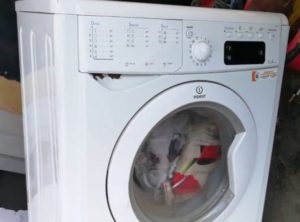 The first stage was completed, the laundry was put in the drum and even washed, but when it was time to spin, the Ariston machine did not spin the drum. Perhaps there is no damage, just the mode in which the spin should be carried out was not selected. Check to see if you have set the “no spin” or delicate wash program, where the laundry is spun minimally or not at all. You should also keep in mind other nuances.
The first stage was completed, the laundry was put in the drum and even washed, but when it was time to spin, the Ariston machine did not spin the drum. Perhaps there is no damage, just the mode in which the spin should be carried out was not selected. Check to see if you have set the “no spin” or delicate wash program, where the laundry is spun minimally or not at all. You should also keep in mind other nuances.
- There is too much small debris in the drain, preventing the water from coming out, which is why the spin cycle technically cannot be started.
- Imbalance. The weight of the loaded laundry has exceeded the maximum, things are pressed in a pile to one side and do not allow you to continue working.
- The pressure switch (the device that informs the washer’s “brain” about the water level) has broken down, and therefore spinning does not start without the necessary command.
- Something happened to the control board. Burnt out wiring or a broken triac can cause problems.
Such incidents are, in general, typical for all washing machine models, but for us it is important to deal with the Hotpoint Ariston problem. Timely response and elimination of the problem will quickly return the washing machine to operation. Moreover, many problems can be eliminated with your own hands.
The equipment stops after taking in water
Let’s study the “symptoms” of the breakdown as carefully as possible. When you stop the washing machine at the very beginning, you need to check whether it has had time to fill with water. If you have time, then you should drain the liquid through the garbage filter and try to rotate the drum with your hands. If even with your hands the drum turns with difficulty or does not turn, it means that something is preventing the rotation and it is simply jammed. In this situation, we must keep in mind that it is possible:
- the belt came off the drum or broke, and then ended up on the pulley, which blocks the movement of the drum.
- some thing, which was probably previously in the pocket, ended up between the mechanisms.
- the bearing is damaged and does not perform its functions fully. This can happen due to significant loads on the washing machine, when loading an excessive amount of clothing, or if the oil seal was not properly lubricated (manufacturer’s defect).
A bearing malfunction can usually be determined immediately by the clanging and grinding noise that occurs when using an Ariston machine. When such sounds first appear, you need to think about repairs.
The washing machine makes a humming sound after starting
At the very beginning of the wash, the SM makes a characteristic humming sound, as if it is filling with water, but the drum does not spin. A similar sound is produced by a motor to which power is supplied, but for some reason the motor does not perform its function. What do we pay special attention to?
- For worn brushes. Often an indirect indicator of this problem is the unpleasant burning smell that comes from the machine. Abrasion of this element is a common problem typical for commutator engines.
- For damage to the motor lamellas. A rarer problem, but it also occurs. A thorough check will have to be carried out.
- For destruction and jamming of the bearing. Creaking and other unpleasant sounds are a precursor to the main problem, because after the destruction of the bearing the drum stands rooted to the spot.
We are trying to repair
How can we begin to talk about repairs? We will do this by first identifying the causes of breakdowns, and then identifying options for their possible elimination. If an imbalance occurs, the most important thing is to stop the washing that has started.
The collected water must be drained. This is done for security reasons. Now you need to open the machine and redistribute the laundry. Things should lie evenly in the drum. If debris has accumulated in the outlet hose, the action plan looks like this:
- open the hatch on the panel below in front.
- take out the filter, get rid of the excess on the filter itself.
- return this element to its place.
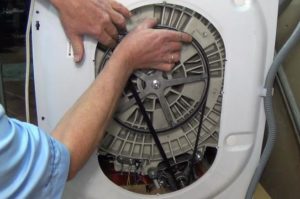 To check the drive belt, you need to examine the contents of the machine located behind the rear wall of the case. Arm yourself with a screwdriver, spare parts if necessary, and proceed.
To check the drive belt, you need to examine the contents of the machine located behind the rear wall of the case. Arm yourself with a screwdriver, spare parts if necessary, and proceed.
- First, turn off the power to the machine.
- Disconnect the hose, first blocking the flow of water to the washing machine.
- Remove the screws on the back of the cover using a screwdriver.
- Inspect the damage when the panel is removed. Return a frayed or loose belt; if it is too worn, replacement is necessary.
- First, place the belt on the small pulley, and then on the large one, turning it in one direction with one hand.
- Return the wall to its place.
Even if there are problems with the heating element, this situation is not hopeless. In addition, both problems (including those with the motor) can be resolved simultaneously. First you need to unscrew the back cover. The heating element is located under the tank.
To check the contacts, their resistance is measured using a multimeter.
After confirming the fault, disconnect the wires from the heating element. Unscrew the central nut, but not all the way, and then press the bolt inward a little. Prying up the edges, pull this element out of the CM. Through the hole that appears, you can examine the interior of the tank for the presence of foreign objects and remove them if necessary.
The heating element for replacement is also installed if you proceed in the reverse order. Before screwing the panel into place, inspect the motor, also located at the back, for any problems. As long as the panel is not screwed down, they can be fixed on site.The next step is to remove the motor to check the brushes and other parts.
- Disconnect the wires connecting the motor to the system.
- Unscrew the fastening bolts.
- Take out the motor and brushes and assess their condition. If the brushes are worn out, they must be replaced, as well as the lamellas and windings.
- Assess the condition of the tachogenerator located next to the engine. It also needs to be replaced if any faults are found.
Repairing washing equipment yourself is a difficult task, but it is at least possible to assess the extent of the damage. Even if you can’t fix it yourself, you can definitely identify your problem with a technician or service center. They will definitely help you there.
Interesting:
Reader comments
- Share your opinion - leave a comment

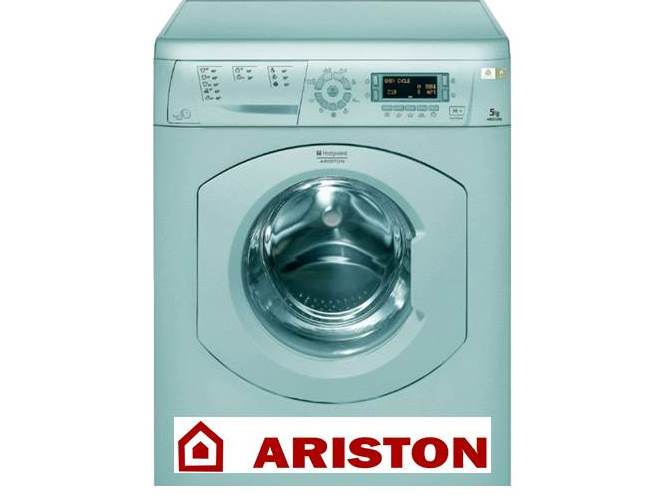
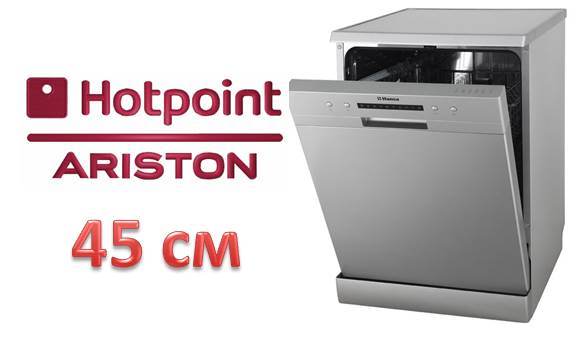
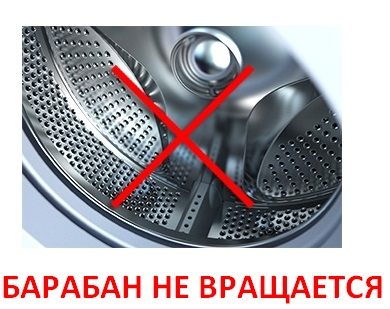

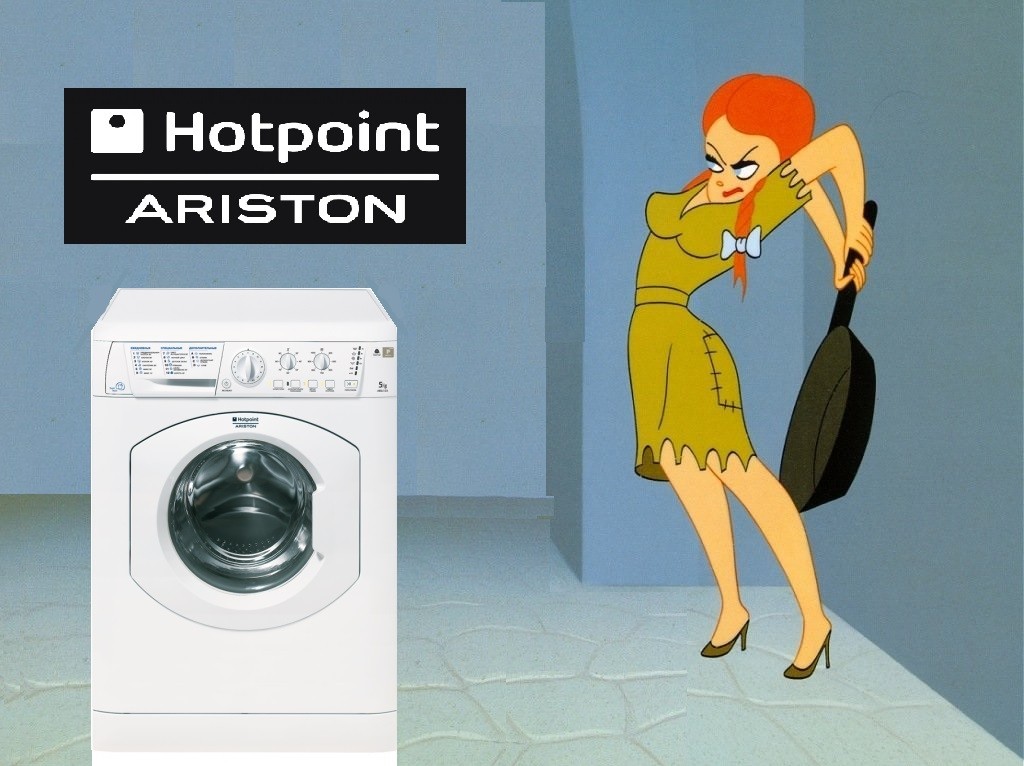
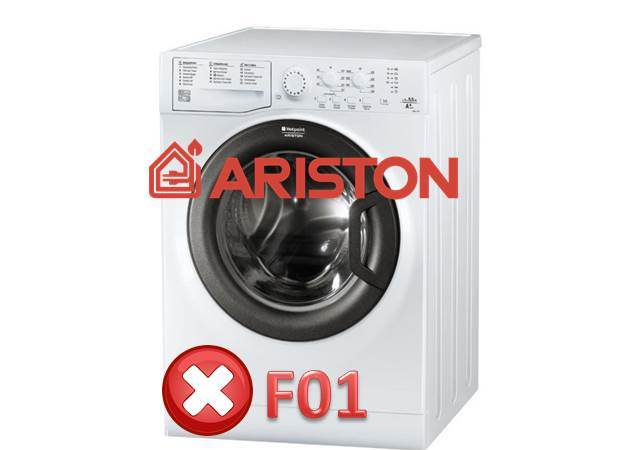














Add a comment